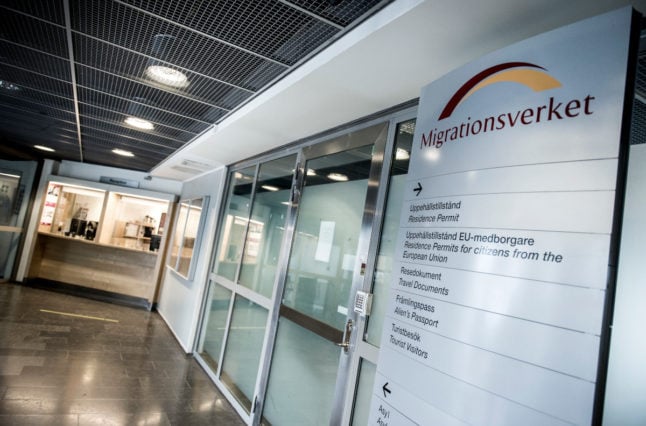These language and civics tests haven’t yet been drawn up, but here’s what they could look like based on the suggestions in a proposal from earlier this year.
How good do I need to be at Swedish?
The proposal states that applicants would be expected to have a level of Swedish equivalent to A2 on the CEFR, the EU’s Common European Framework of Reference for Languages.
This is equivalent to SFI level C, and is classified as a “basic” level of Swedish.
The language test would only measure your listening skills, so you would not be tested on your speech or writing skills. However, you would need to read some questions in Swedish, and the civics test would be held in Swedish, so you’ll need to be able to read at a high enough level to answer the tests.
You would not however be tested on your reading comprehension.
Here are the CEFR guidelines for an A2 level:
“Can understand sentences and frequently used expressions related to areas of most immediate relevance (e.g. very basic personal and family information, shopping, local geography, employment). Can communicate in simple and routine tasks requiring a simple and direct exchange of information on familiar and routine matters. Can describe in simple terms aspects of his/her background, immediate environment and matters in areas of immediate need.”
What would the questions be like?
A2 level listening comprehension tests would examine your ability to understand simple sentences in spoken Swedish.
The proposal states that the questions asked would be “closed questions”, so you would not be expected to write answers longer than a couple of words, as you’re being tested on your listening comprehension rather than your writing skills.
Questions would most likely consist of an audio clip which you would then have to answer simple questions on, such as writing down a phone number someone has read out, listening to an answerphone message and answering questions on its content, or answering questions on a short radio report or conversation.
These are likely to be fairly simple, factual questions and would not require you to explain your answer.
Essentially, questions like “what time does the train leave?” “what colour car does she want?” or “how many children does he have?” rather than questions asking you to give your opinion or provide an argument for a specific viewpoint.
You can take a look at mock A2 level Swedish tests like this one from Folkuniversitetet (under “listening comprehension”) if you want to get a gauge of whether your Swedish is up to scratch.
What would the test itself be like?
According to the proposal, the test would be held digitally and would consist of two parts each lasting 50 minutes, with a ten minute break in between.
This is quite long for a listening test (the mock test linked above is only 30 minutes long) so it would likely cover a wide range of topics, although at A2 level these topics should all cover relatively basic vocabulary on topics like talking about yourself and your family, activities such as work or visiting the supermarket, or other basic tasks that you’re likely to come across in your daily life in Sweden, like making a phone call or ordering in a restaurant.
If any vocabulary above A2 level is included, the proposal states that a glossary of terminology should be included for vocabulary above A2 level.
How long does it take to learn Swedish to A2 level?
Most estimates state that it takes anywhere from 120 to 300 hours of work to get up to A2 level, although that includes hours spent practicing the language, so listening to Swedish radio, podcasts, music or TV would all count into that total.
- Readers reveal: The songs that will help get you to Swedish fluency fast
- The best podcasts for learning and perfecting your Swedish
- Swedish TV: Watch these series to understand Swedish society
Depending on your prior education, your ability to learn a language and the amount of time and resources you are able to dedicate to study, it could take anywhere from a few weeks on an intensive full-time course to a couple of years or more if you’re studying a couple of hours a week by yourself.
This might sound like a long time, but bear in mind that applications for permanent residency usually require you to have lived in Sweden for four years.
You also won’t lose your right to live in Sweden if you don’t pass the language test as long as you still fulfil the requirements for temporary residency, you just won’t be able to apply for permanent residency until you’ve passed it.
Find out more about both tests for permanent residency in our explainer below.



 Please whitelist us to continue reading.
Please whitelist us to continue reading.
This mean only new apply for permanent residency or for all non real Swedish ?